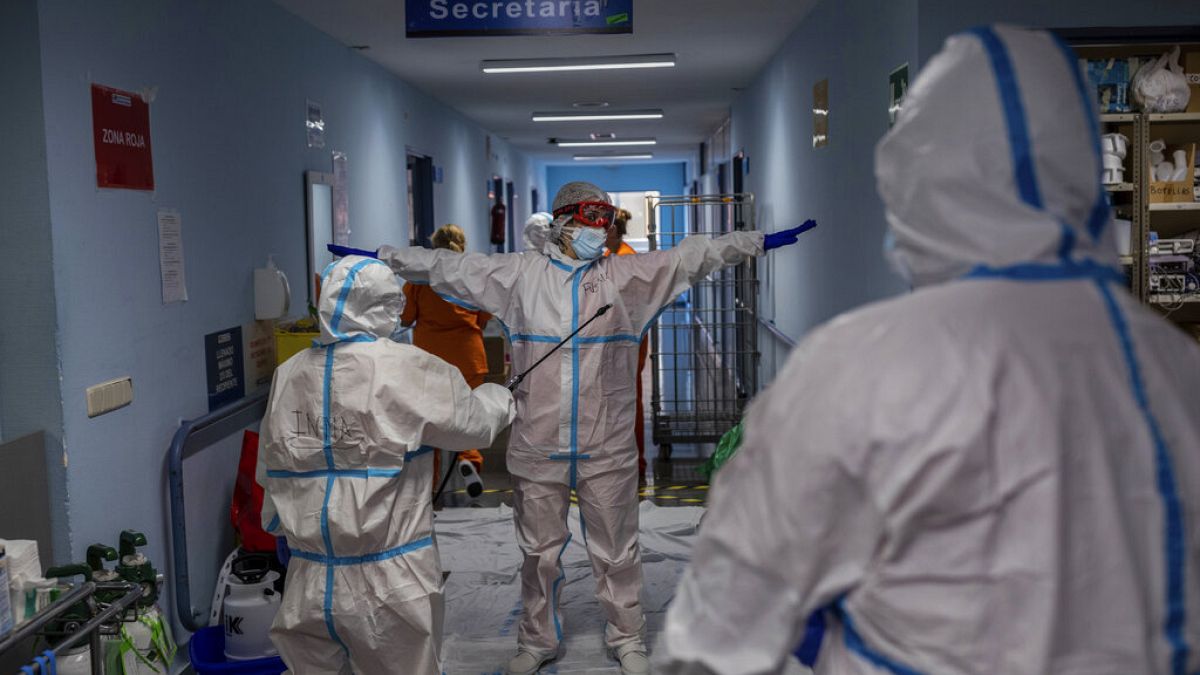The virus that causes COVID-19 could stay on surfaces such as banknotes and mobile phones for up to 28 days, researchers in Australia have found.
The virus that causes COVID-19 can survive on surfaces such as banknotes and mobile phones for up to 28 days, a time period much longer than previously thought.
That's according to a study conducted by researchers at Australia's national science agency who said the finding reinforced the need for disinfecting surfaces and washing hands.
The researchers said that at 20 degrees Celsius, which is about room temperature, the virus, SARS-CoV-2, was particularly "robust," surviving on glass surfaces such as a phone screen and on plastic banknotes.
The study was carried out in the dark as research has shown that UV light can kill the virus. The coronavirus also survived for fewer days at higher temperatures, such as 30 or 40 degrees Celsius.
It was less robust on porous surfaces such as cotton.
"Establishing how long the virus really remains viable on surfaces enables us to more accurately predict and mitigate its spread, and do a better job of protecting our people," said Australia's national science agency's chief executive, Dr Larry Marshall.
Early guidance published in April from the World Health Organisation (WHO) had said that the virus could survive for 72 hours on plastic and steel and 24 hours on cardboard.
Experts say, however, that people are more likely to contract the coronavirus from someone else rather than from a surface.
Just last week, the US Centers for Disease Control and Prevention (CDC) said that coronavirus can linger in the air for hours and infect people more than 2 metres away from another person.
It came after scientists wrote in an open letter released in Science Magazine that "there is overwhelming evidence that inhalation of severe acute respiratory syndrome coronavirus 2 (SARS-CoV-2) represents a major transmission route for coronavirus disease 2019 (COVID-19)."
